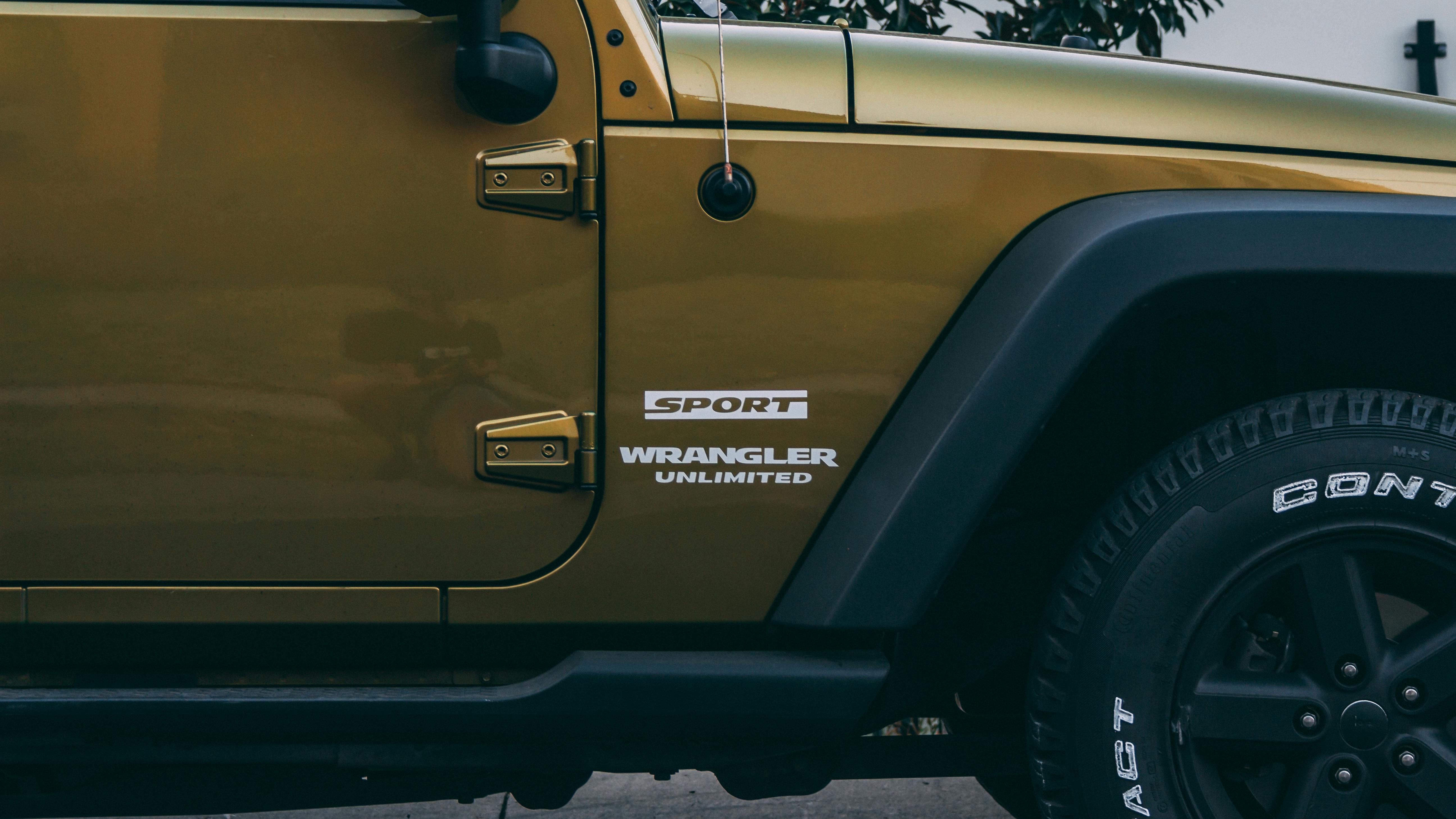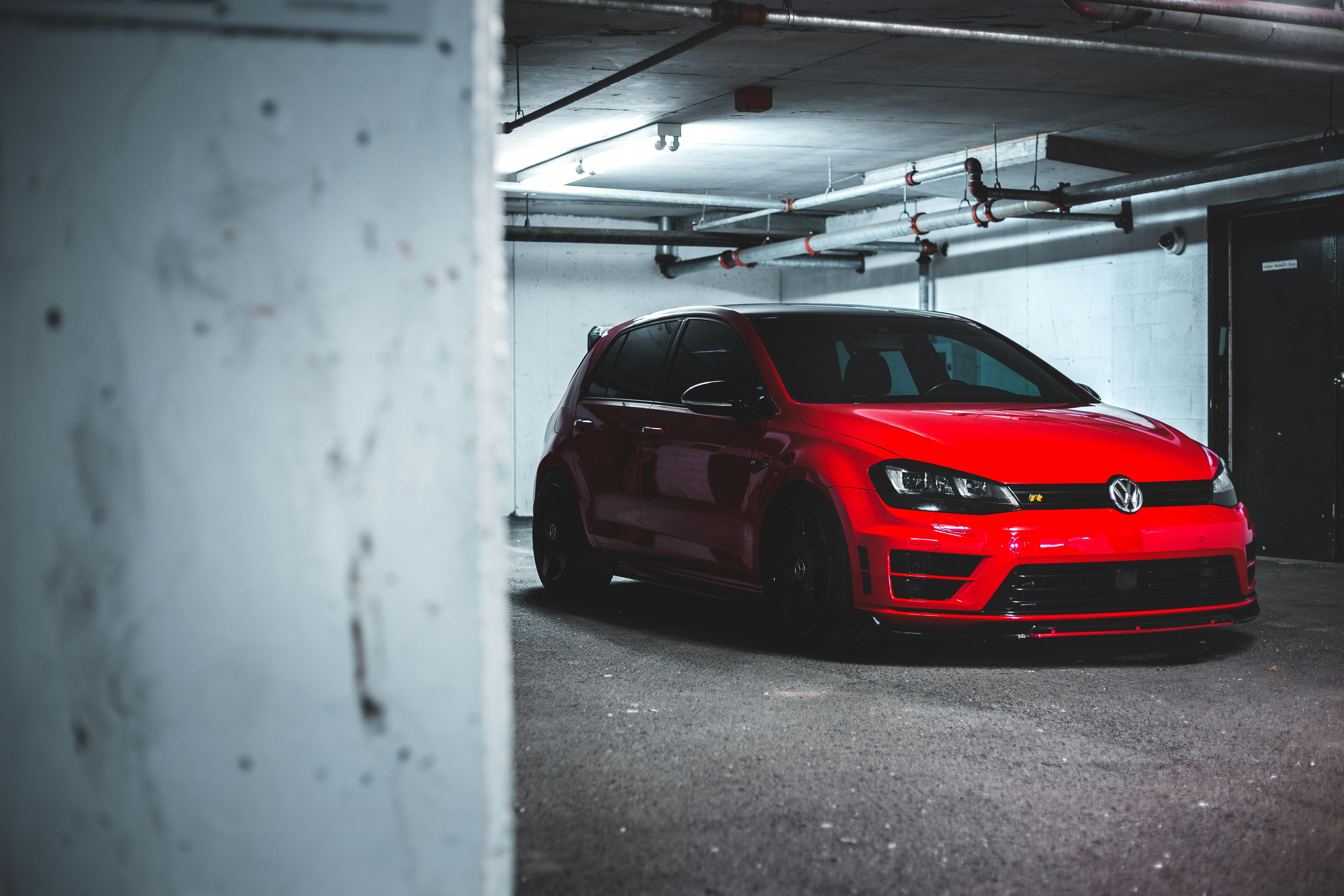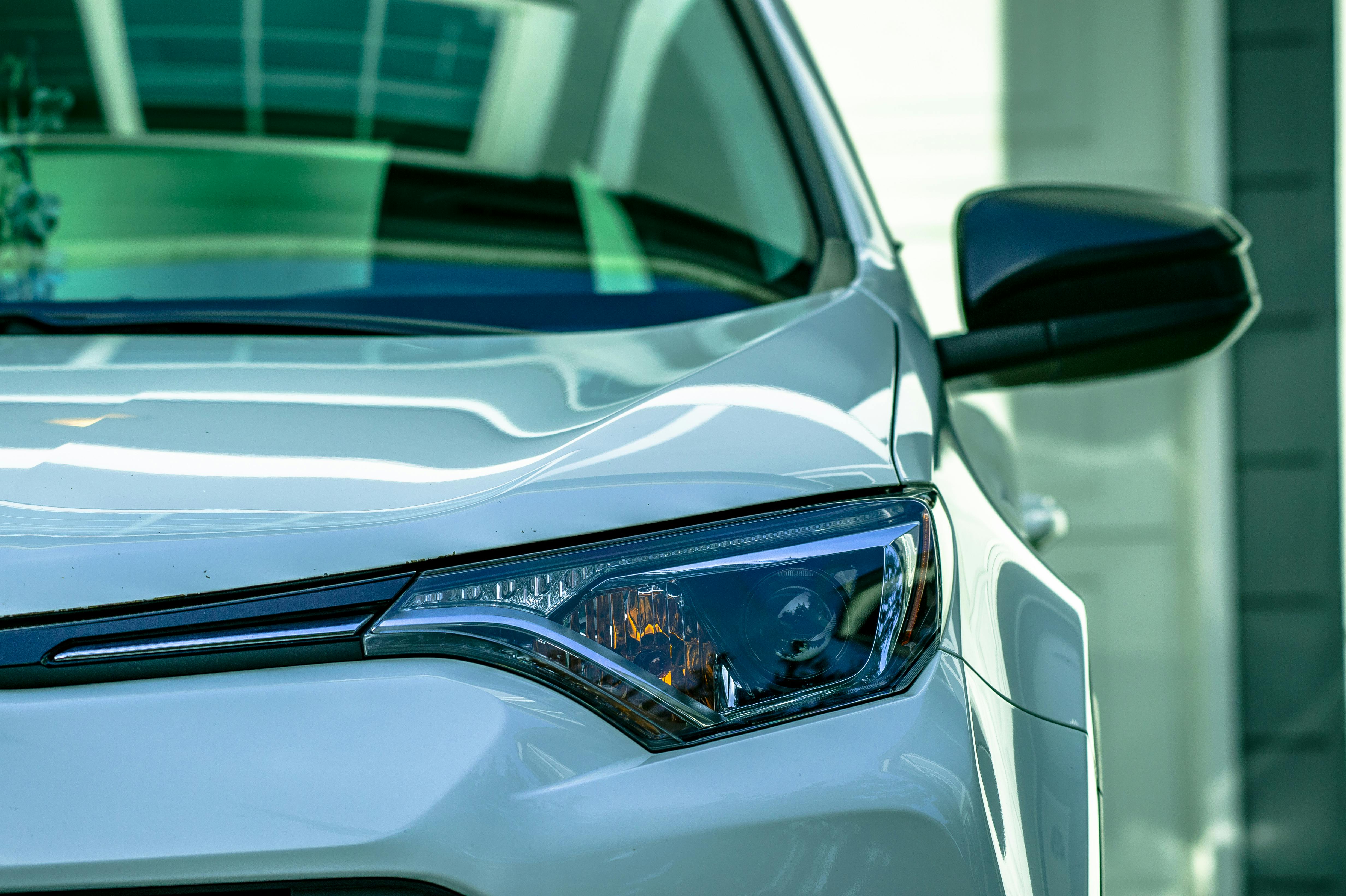Which Fishing Kayak Is Right For You?
Confused about which fishing kayak you should buy? If you’ve never used a kayak before, you may not be sure which one you will need. Read on and we’ll try to break down the basic differences that will allow you to make an informed purchase.
There are basically 2 types of kayaks.
They are Sit On Tops (SOT) and Sit In Kayaks (SIK). Each type has models that fish well. Before discussing the merits and differences of each type, let’s first discuss fishing kayaks in general.
What makes a kayak a good fishing kayak?
Anglers often have needs that may be different than someone who has the strict intention of rowing. Some of the basic features anglers prefer in a kayak are stability, storage, and enough flat surfaces to bolt on fishing extras like rod holders and depth finders. Performance and maneuverability, while important to many, may not be the main factors when choosing your first fishing kayak.
Begin your decision process by answering a few basic questions that will help you narrow down the kayak models that are most appropriate for you.
1. Consider yourselves first.
What are your height, weight, inseam measurements, and general condition? If you are a big or very tall man, there are certain kayaks that will suit you better. In fact, this will make your decision easier because finding the right kayak will be more a matter of finding one that handles your size and weight more than anything else. Look for kayaks with plenty of legroom and a weight capacity to suit you and your gear.
If you are a small to average person, buying a kayak that is large, heavy, and has a 600 pound capacity is probably not your best option. But if you’re going to fish in the ocean, a very small kayak wouldn’t be the best option either. As you will see, choosing a kayak can be something of a compromise. As you read on, consider the different factors and consider them when making your choice.
2. What vehicle will you use to transport your kayak?
If you plan to transport your kayak in the bed of a truck, a larger and heavier kayak does not present a problem. However, if you have a large SUV, such as a Suburban 4WD, you should consider the weight of the kayak because it will take extra effort to raise and lower the kayak from the roof of such a vehicle. The bottom line is that if your kayak is easy to load and unload, you will use it more often.
3. Where do you plan to use the kayak?
Will your kayak be used exclusively in fresh water? If so, where? Lakes, ponds, small rivers and streams? Are you going to fish in large, open bodies of water with lots of waves and a dive? Planning to use your kayak in salt water? Planning to fish in the ocean and launch your kayak through the waves? How do you plan to get your kayak on the water? Can you just drive it into the water and launch yourself or do you plan to launch into remote areas where you can’t drive your vehicle to the water’s edge? All of these factors are important when choosing your kayak.
4. What fishing methods do you like to use?
Do you wear only one style? Do you use artificial lures, live baited fish, or both? If you are using bait, do you want to use live bait or dead bait? Will you need space to live well in your kayak? Do you plan to anchor and make friends? Fly fishing? The type of gear you plan to wear and wear will affect your decision. In short, the way you fish can affect which kayaks will best suit your needs.
5. What kind of fisherman are you?
Are you strictly a catch and release fisherman, do you like to take the occasional meal home, or do you take fish home regularly? Where are you going to keep your catch? Is there space in the kayak you have selected?
What style of kayak is right for you? A Sit On Top or Sit Inside kayak?
Sit In Kayaks are the traditional type of kayaks. When most people think of kayaks, this is the type that usually comes to mind. They are similar to canoes in that you sit inside the bottom hull of the kayak. The seats offer more initial protection against the elements, however, in harsher conditions, they can fill with water without the proper accessories. In adverse conditions, they are usually equipped with a skirt. A skirt is a covering that surrounds you and the opening of the kayak that prevents water from entering. When wearing a skirt you may inadvertently limit access to items that are inside the kayak, but if you are a basic angler this may be right for you.
Sit On Top kayaks are a new kind of kayak. They look like some kind of modified surfboard and you sit on them instead of on them. SOTs have what are known as scupper holes, which allow water to drain out of the cab. In this way, when the water is washed over the kayak, the cabin can be flooded briefly, but it will drain quickly eliminating the need to pump water. This is especially beneficial in places like the surf zone.
Both styles of kayaks are useful for the fisherman and within each style there are models that will suit you better than others. Let’s go back to some of those previous questions and see why they are important in helping you choose which of these types of kayak will be best for you.
Stability:
Anglers do something in a kayak that most paddlers don’t: they fish. Therefore, having a relatively stable platform can be very important, especially for a person who is new to the sport and kayaks. When kayakers talk about stability, they are talking about two types. Initial and secondary. Initial stability is the side-to-side wobble you feel when sitting in a kayak. Secondary stability is when the kayak is approaching its turning point and how much forgiveness you have before it actually turns over.
Many recreational kayaks have tremendous initial stability but have a very steep secondary. When they reach their secondary limit, they literally abandon you. On the contrary, there are kayaks that wobble like crazy but are very forgiving when they hit the landfill. Most recreational fishing kayaks have a good compromise for both initial and secondary stability.
Since you sit on or near the floor of a SIK, they tend to appear more stable. In SOTs you sit in the kayak and as it has a double hull you also feel taller. This higher sitting position may initially make a SOT appear less stable. If you have a SOT and a SIK that are the same length and width, the SIK will likely be more stable. Because of this, SOT designers tend to widen their kayaks. So no matter what style you choose, there will be a model that you will feel comfortable with.
Initial stability may seem more important for beginners and secondary stability more important for experienced kayakers. It makes sense. The beginner has not yet developed a sense of balance. It is a lot like learning to ride a bike. When you start out, it’s new, so you think about it more. After a while it becomes second nature and you don’t think about it at all.
Speed: Generally, the longer and narrower a kayak is, the faster it is. SIKs are usually faster, however there are also fast SOTs. Speed is only important if you need it. If most of your fishing is done near shore or in small protected areas, you probably won’t need a long, fast kayak. However, if you are fishing in a large reservoir, bay, sound, or in the open ocean, the ability to cover distances may be very important to you. A SIK of the same size is usually faster because it is narrower than a SOT of the same length.
Maneuverability:
If you are going to fish in small streams or narrow estuaries, you will probably want a kayak that is easy to maneuver. A long, fast touring kayak will be more difficult to use in these situations and could affect your overall fishing experience. A shorter SOT or SIK is better for you in these types of settings. In big water, making a sharp turn is generally not crucial, so a longer kayak is not a problem.
Friendly accessory:
One of the joys of kayak fishing is turning a simple recreational kayak into a very efficient and compact fishing boat. This is done by adding fishing accessories. How much you add depends largely on your fishing style and your gear philosophy. Some fishermen only carry a rod and some lures and others like to carry a lot of equipment. No matter what your preference is, simply adding a rod holder will greatly increase the fishiness of your kayak. Many flat surfaces are good for mounting accessories.
Storage:
Fishermen tend to carry a lot of equipment with them. Organizing this equipment requires that the kayak you have chosen have adequate storage space. It doesn’t have to be a lot, but it’s nice to have a few different places to put your stuff. SOT kayaks have a double hull, which means there is a lot of potential storage space below deck. Depending on your needs, this can be very important to you. Perhaps you plan to camp or take long trips in your kayak. This large, relatively dry storage area may appeal to you. If you plan on launching your kayak through the waves, this space will allow you to store your rods under deck, keeping them safe while traversing the surf zone. Many SIKs have hatches that offer access to sealed compartments in the hull. Many of the SIKs used by fishermen also have large open cabins that make it easy to access equipment that may have been stored around them. Milk boxes and other plastic containers can also be used for external storage. They fit into the tank wells of many SOT kayaks and can also be tethered to the deck of SIKs.
Fishing logistics:
Kayak fishing takes place in many different environments, from large bays, sounds, and even the open ocean, but many of us also fish in very small waters. A small, shallow river can be fished very easily with a short, light kayak. Such a kayak will be easier to navigate obstacles such as logs, log jams, rocks, waterfalls and spillways, white water and rocky shoals. There will be times when you will need to carry or drag your kayak around, over, or through these locations. In these types of situations, a smaller and lighter kayak is the best option.
Some kayaks to consider:
Kayaks suitable for big and tall paddlers:
1. Hobie Outback
2. Hobie Revolution
3. Hobie’s Adventure
4. Hobie Quest
5.Ocean Kayak Prowler Trident 15
6.- Great game of Ocean Kayak Prowler
7 Heritage of the Redfish 14
8. Native stingray 14
9. Native Ultimate 16
10.Wilderness Systems Tarpon 160i
11.Wilderness Systems Pungo 140
12. Wilderness Systems Ride 135
13. Malibu X-Factor
Kayaks suitable for medium to small size rowers (medium to small size rowers have few restrictions and can use almost any sit-down or sit-down kayak that suits their needs. Here are some popular options):
1. Wilderness Systems Tarpon 120
2. Wilderness Systems Pungo 120
3. Native manta ray 12
4. Hobie Sport
5. Hobie Revolution
6. Hobie Outback
7. Hobie Quest
8. Malibu Mini-X
9. Koho’s perception
10. Perception of the patriot fisherman
Best of luck in making a decision, I hope to see you in the water soon.









